Laurel Hamers
Laurel Hamers was the general assignment reporter at Science News.

Trustworthy journalism comes at a price.
Scientists and journalists share a core belief in questioning, observing and verifying to reach the truth. Science News reports on crucial research and discovery across science disciplines. We need your financial support to make it happen – every contribution makes a difference.
All Stories by Laurel Hamers
-
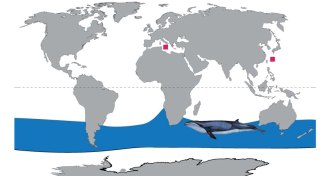 Animals
AnimalsAncient whale turns up on wrong side of the world
A Southern Hemisphere whale species was briefly a northern resident.
-
 Agriculture
AgricultureMuch of the world’s honey now contains bee-harming pesticides
A controversial group of chemicals called neonicotinoids has a global impact, tests of honey samples show.
-
 Chemistry
ChemistryChemistry Nobel Prize goes to 3-D snapshots of life’s atomic details
An imaging technique that gives up-close 3-D views of proteins is honored in this year's chemistry Nobel Prize.
-
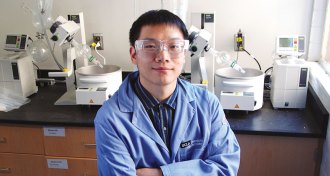 Chemistry
ChemistryChong Liu one-ups plant photosynthesis
Chong Liu mixes bacteria and inorganics into systems that can generate clean energy better than a leaf.
-
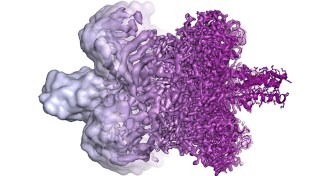 Chemistry
ChemistryCool way to peer into molecules’ inner workings wins chemistry Nobel Prize
Three scientists will split the prize for their work developing cryo-electron microscopy.
-
 Environment
EnvironmentRadioactive material from Fukushima disaster turns up in a surprising place
Radioactive cesium is reaching the ocean through salty groundwater.
-
 Paleontology
PaleontologyThis giant marsupial was a seasonal migrant
A new analysis suggests that Diprotodon optatum, a giant plant-eating marsupial that went extinct about 40,000 years ago, migrated long distances, much like today’s zebras and wildebeests.
-
 Paleontology
PaleontologyThis giant marsupial was a seasonal migrant
The giant, extinct marsupial Diprotodon optatum migrated seasonally, the first marsupial shown to do so.
-
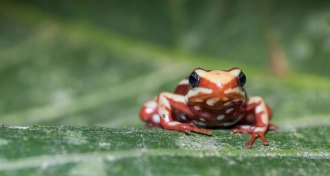 Environment
EnvironmentThe way poison frogs keep from poisoning themselves is complicated
Gaining resistance to one of their own toxins forced some poison dart frogs to make other genetic tweaks, too.
-
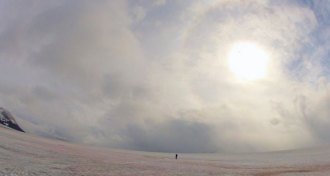 Microbes
MicrobesNow we know how much glacial melting ‘watermelon snow’ can cause
Algae that give snow a red tint are making glacial snow in Alaska melt faster.
-
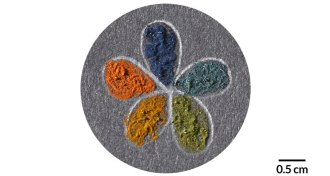 Materials Science
Materials ScienceTiny ‘supraballs’ put a new spin on creating long-lasting color
Nano-sized balls of melanin and silica generate durable colors.
-
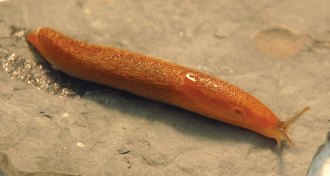 Animals
AnimalsAnimal goo inspires better glue
Researchers are turning to nature to create adhesives that work in the wet environment of the human body.